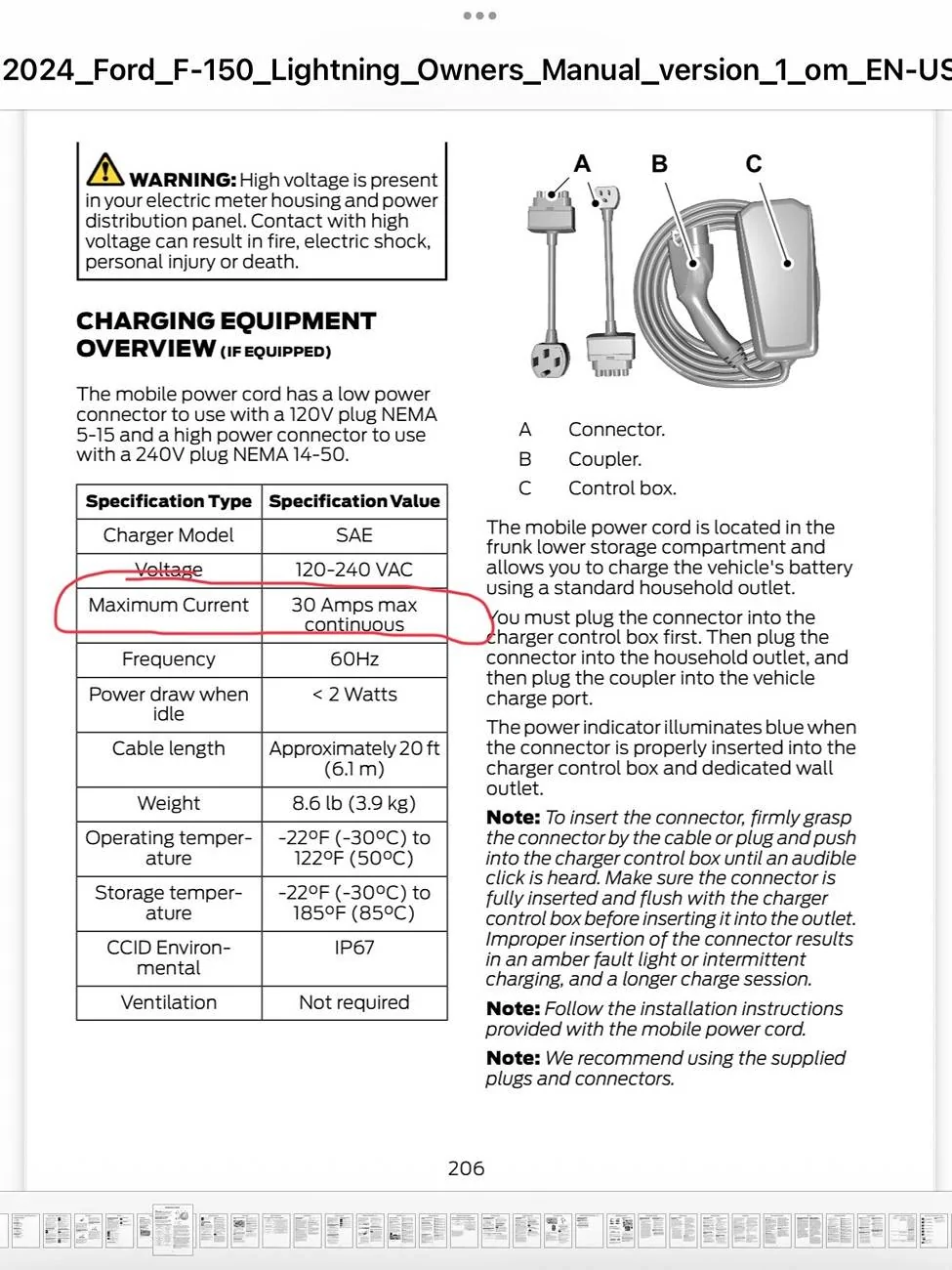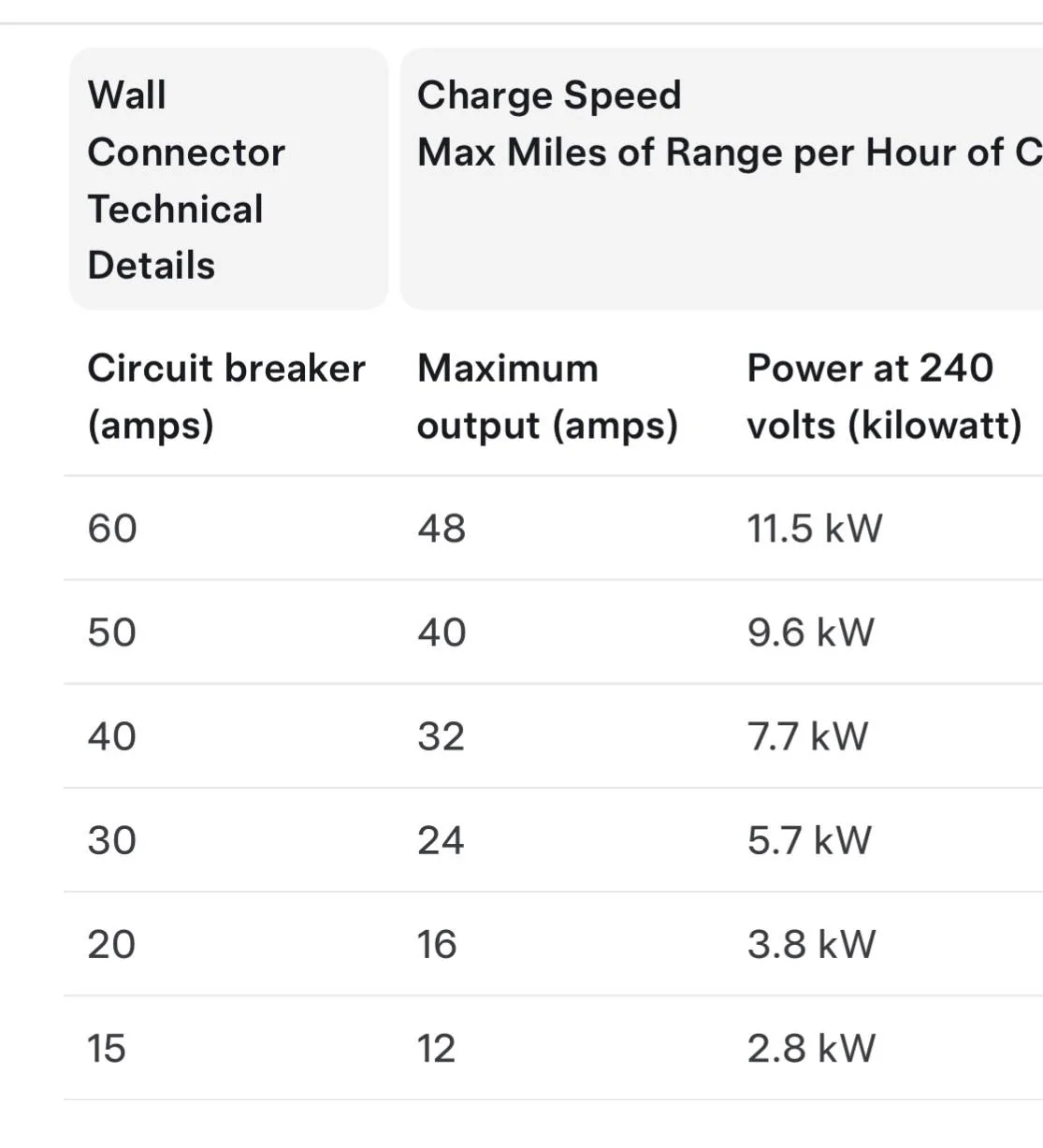alconcolaroja09
Member
- Thread starter
- #1
I just had a 50 amp RV hookup installed at my house. I plugged in my Ford charging cable and it reached a maximum of 6.6 kw/hour. Is that the fastest one can charge with the standard Ford charging cable? Thanks.
Sponsored



